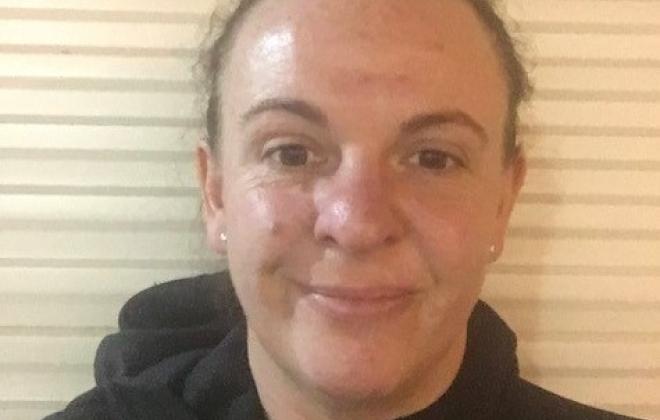Track Force Protection Co-ordinator, Metro Trains Melbourne
Background: Aged Care Worker
"My job is like a stop-and-go worker at a roadworks site, except I do it for trains. I use hand signals to stop the trains and let them come through. I use a flag during the day and a torch at night.
I act independently of electronic signals, as a back-up in case the electronic signalling is faulty.
Yesterday, I was “on the lookout” on the Lilydale Line, between Mooroolbark and Lilydale. This means I was providing an extra set of eyes to look out for trains.
Today, I had to act as a look out to help people who put grease on the tracks to stop the trains from squealing on a bend.
I like the problem-solving aspect of the job, working out how to protect the work crew. They appreciate it.
My partner started on the railways a decade ago. He saw an ad in the paper for a “track force protection officer” and was inquisitive. He had run his own business as a cabinet-maker and wound up the business to start on the railways.
His shifts went from 10 at night until 6 in the morning. I got sick of him doing nightshifts and never seeing him, so I thought it might be good if I become a track force protection officer too. It was a far cry from what I had been doing working in aged care, but I tried it and I loved it.
Before starting, I had to pass a medical examination that was as demanding as the examinations pilot have to pass. The expectations are high because you’re trying to protect the workers. If something happens to me, the work crew aren’t safe.
I had to do a track-safety awareness course too, which meant I learnt about the components of tracks, the position of tracks … basically anything to do with tracks.
I also had to gain certificates for lookout work and hand signals., and to learn about detonators. Railway detonators are warning devices. They’re small orange discs strapped to the rail in groups of three, and they’re programmed to detonate if there’s danger.
They’re classed as explosives. If a train driver hears three small explosions — Bang! Bang! Bang! — they know they have to stop the train.
I work permanently on nightshifts now while my partner works on rotating shifts — sometimes on night shifts, sometimes on other shifts.
But, it’s been better since I changed jobs. I see a lot more of him."
Find out more about how to become a Track Protection Officer by checking out our training pathways pages.

